In a world dominated by human expansion and urbanization, there remain pockets of wilderness that speak to America’s untamed beauty. These are places where nature reigns supreme, ecosystems thrive unimpeded, and adventure awaits those willing to tread softly. This article invites you to explore these precious sanctuaries, complexes of unspoiled land where human presence is rare, and wildlife flourishes unobserved.
Understanding What Makes a Place “Wild”
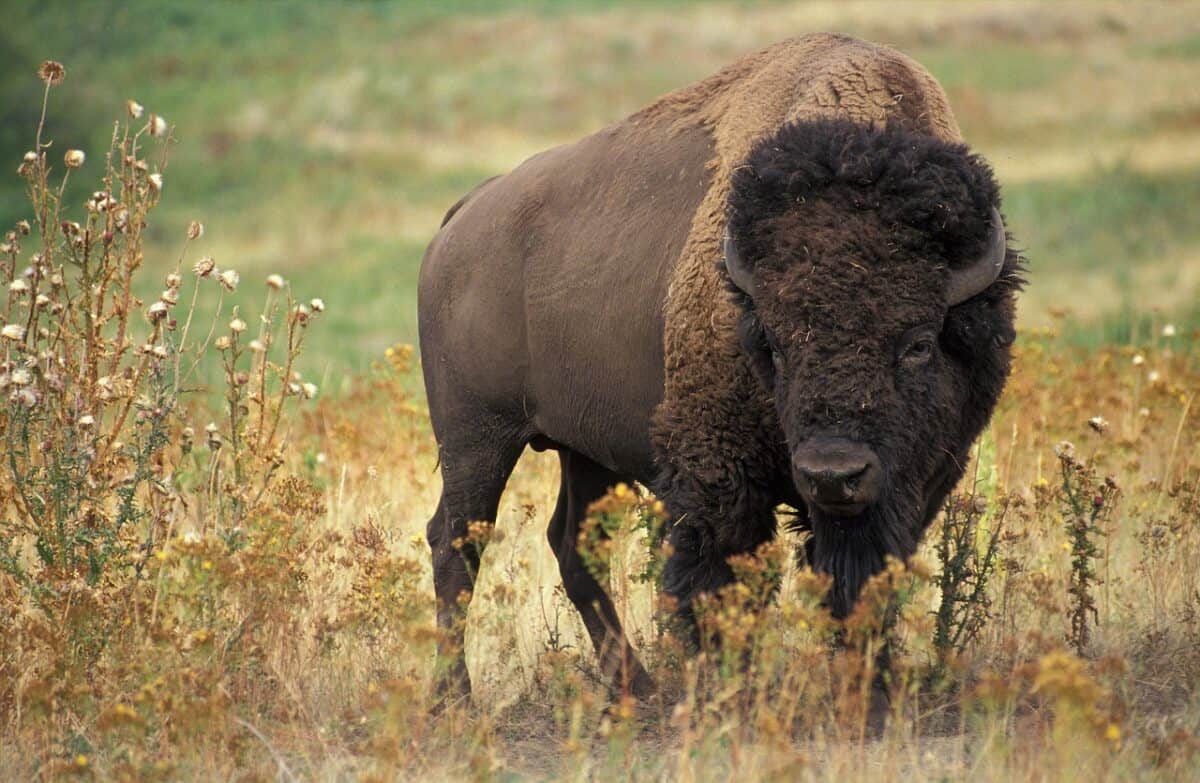
Wild places are defined by their largely untouched ecosystems, where natural processes occur without significant human interference. These regions are often remote, difficult to access, and lack infrastructure, preserving them from the encroachment of modern society. They offer a glimpse into pre-industrial natural environments, fostering biodiversity and acting as critical refuges for wildlife.
The Arctic National Wildlife Refuge
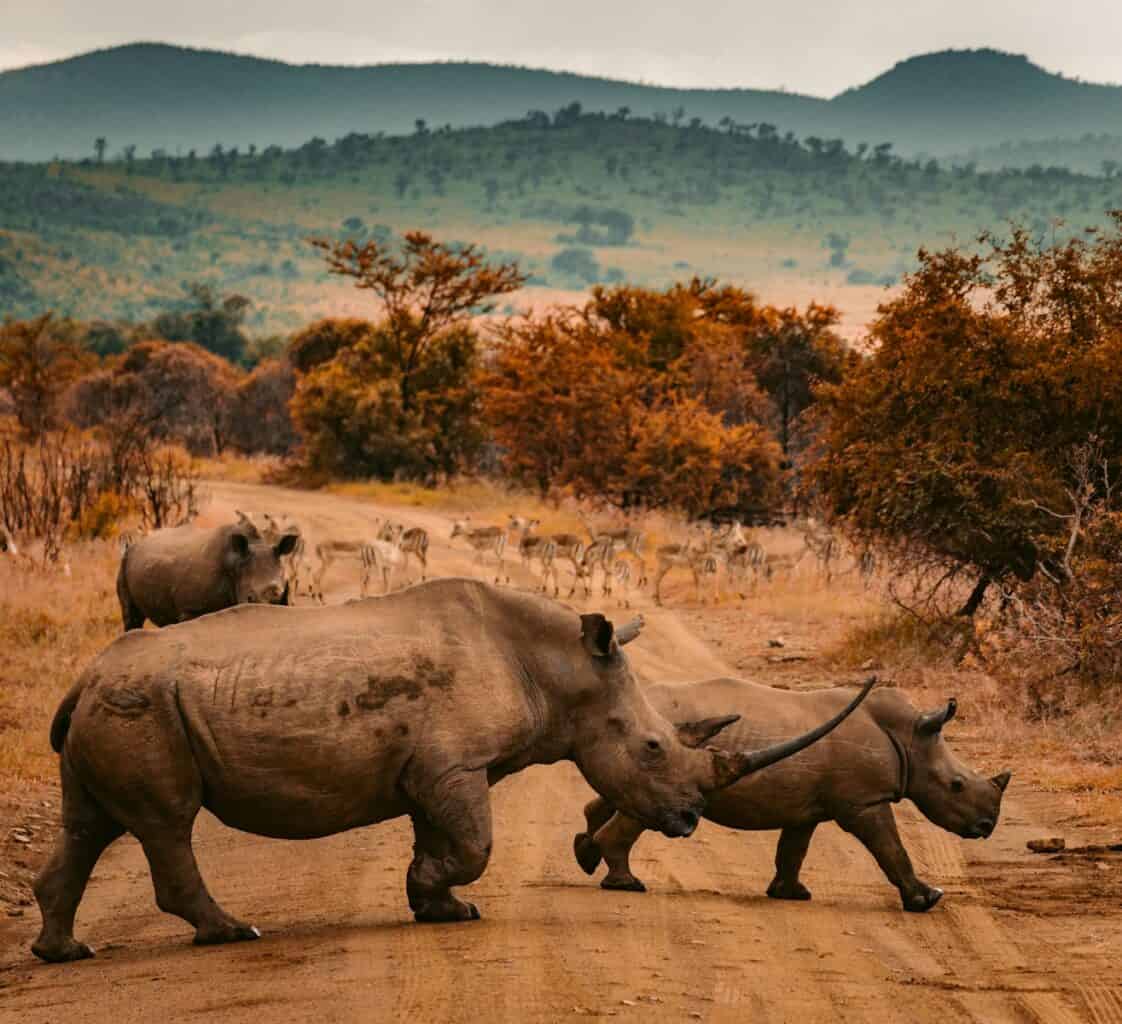
Often referred to as the crown jewel of the United States’ National Wildlife Refuge System, the Arctic National Wildlife Refuge in northeastern Alaska spans over 19 million acres. This vast expanse is home to caribou, polar bears, and thousands of migratory birds. Its coastal plain is one of the most pristine and undisturbed areas, offering a unique glimpse into the wilderness of the Arctic.
The Bob Marshall Wilderness Complex
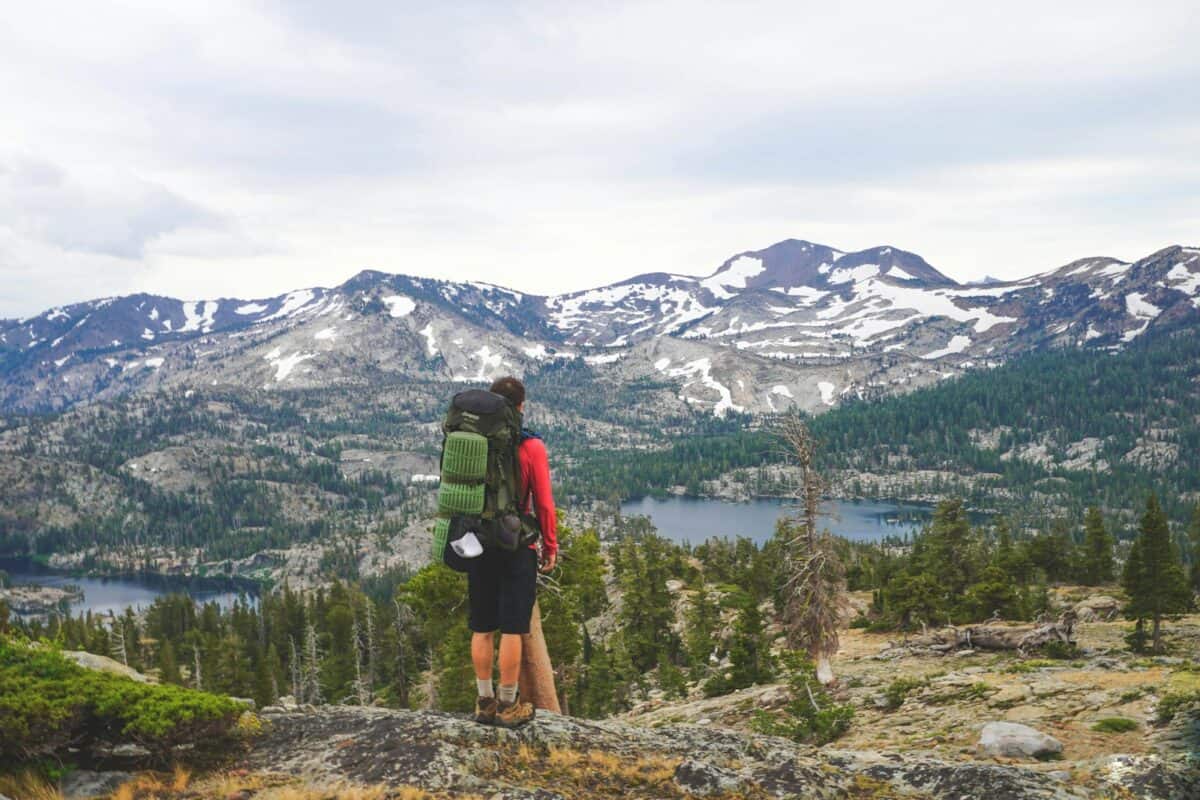
This massive expanse of protected land in Montana stretches over 1.5 million acres, offering a sanctuary for various species, from grizzly bears to mountain goats. The Bob Marshall Wilderness Complex is a true testament to preservation, where the Continental Divide forms a backbone, and trails weave through untouched forests and valleys.
The Everglades’ Remote Corners
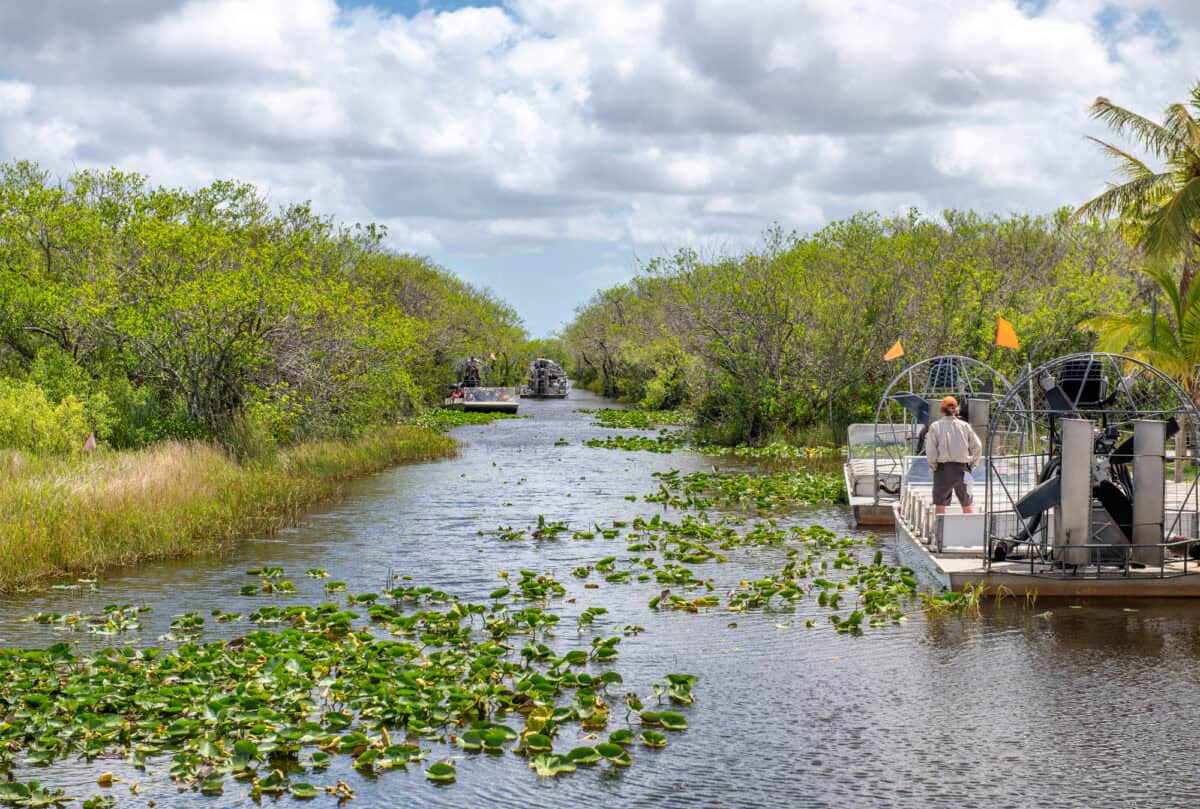
While parts of the Everglades National Park see vast numbers of tourists, there are hidden corners that remain largely undisturbed. These areas, accessible only by boat or airboat, are crucial habitats for the endangered Florida panther and numerous bird species. The Everglades’ sawgrass marshes and mangroves offer a rich tapestry of life, seldom disturbed by humans.
Wilderness in the Grand Canyon-Parashant National Monument
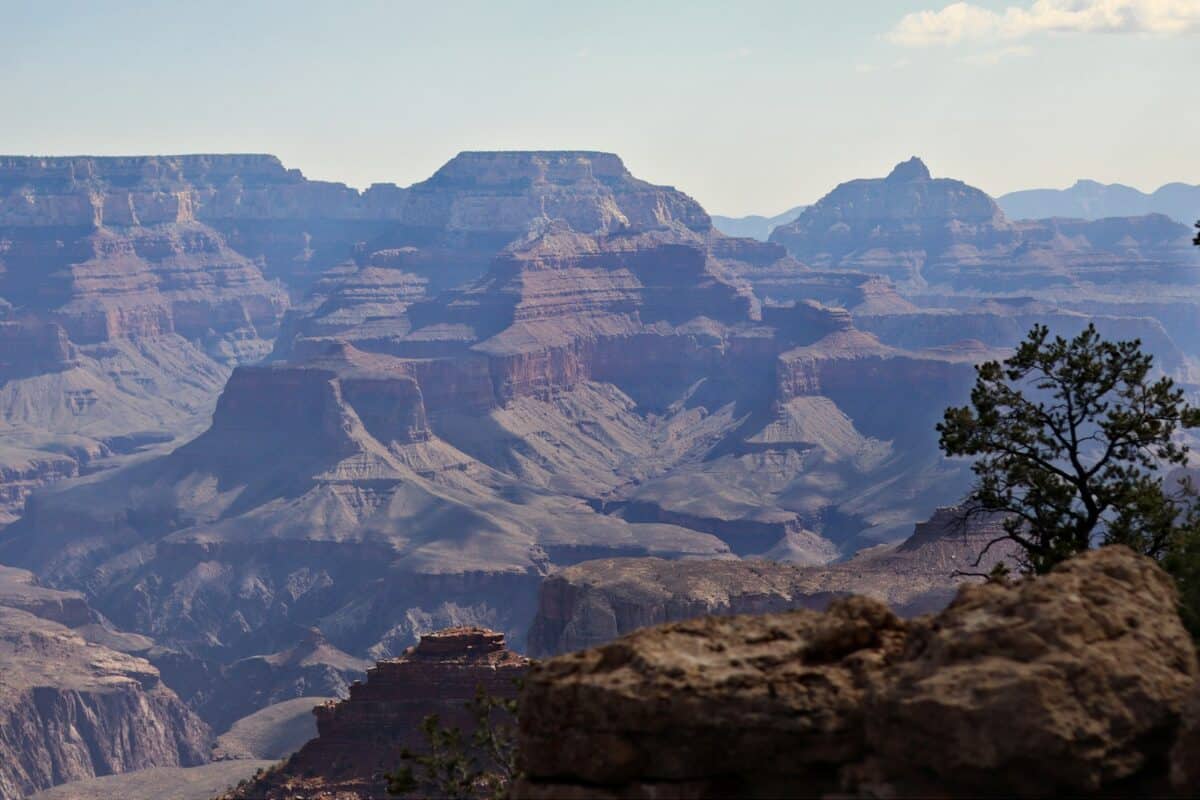
Located in northwestern Arizona, this expansive area, over a million acres, is a geologist’s paradise, offering insights into Earth’s past. The Grand Canyon-Parashant is devoid of paved roads and marked trails, making it one of the less trafficked national monuments, fostering a true wilderness experience.
The Mysteries of the Frank Church—River of No Return Wilderness
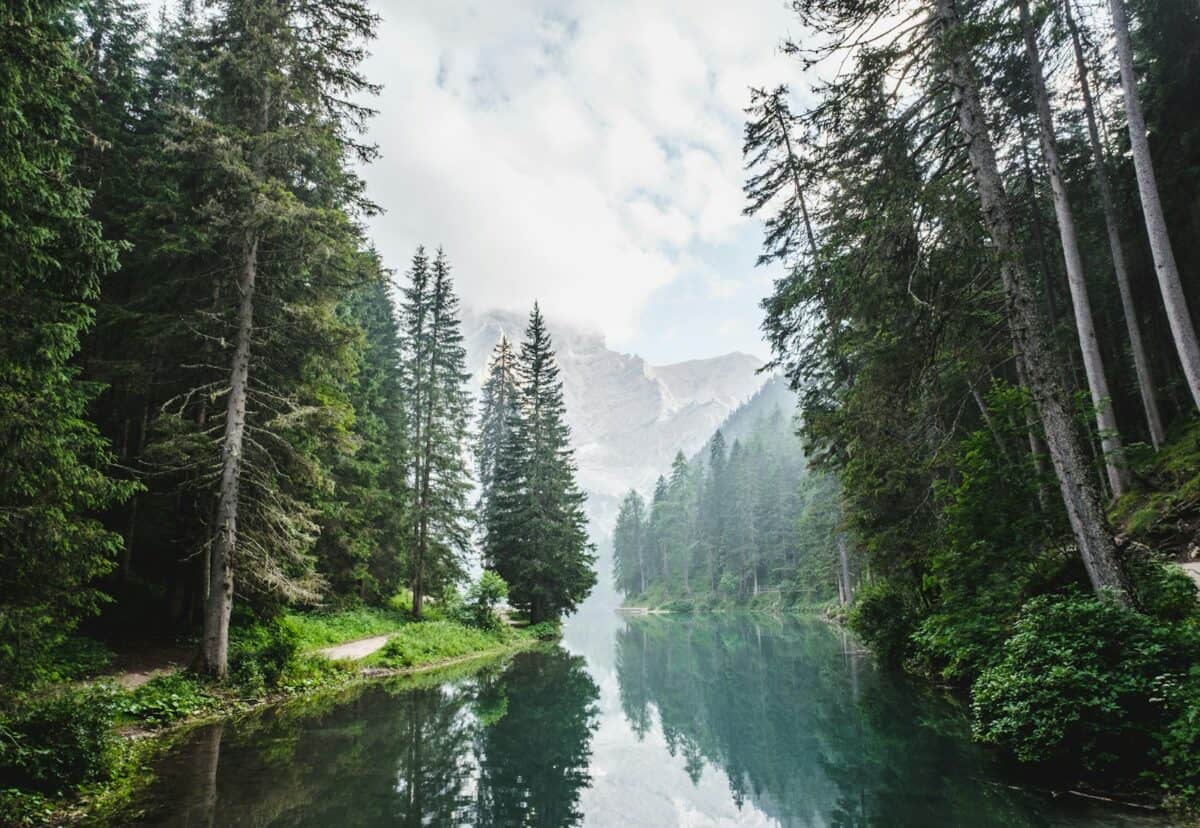
Encompassing about 2.4 million acres across central Idaho, this wilderness is a landscape of rugged mountains and untamed rivers. Home to diverse wildlife, such as wolves and bald eagles, the area remains one of solitude and beauty, where white-water rapids define its character.
The Gila Wilderness, New Mexico
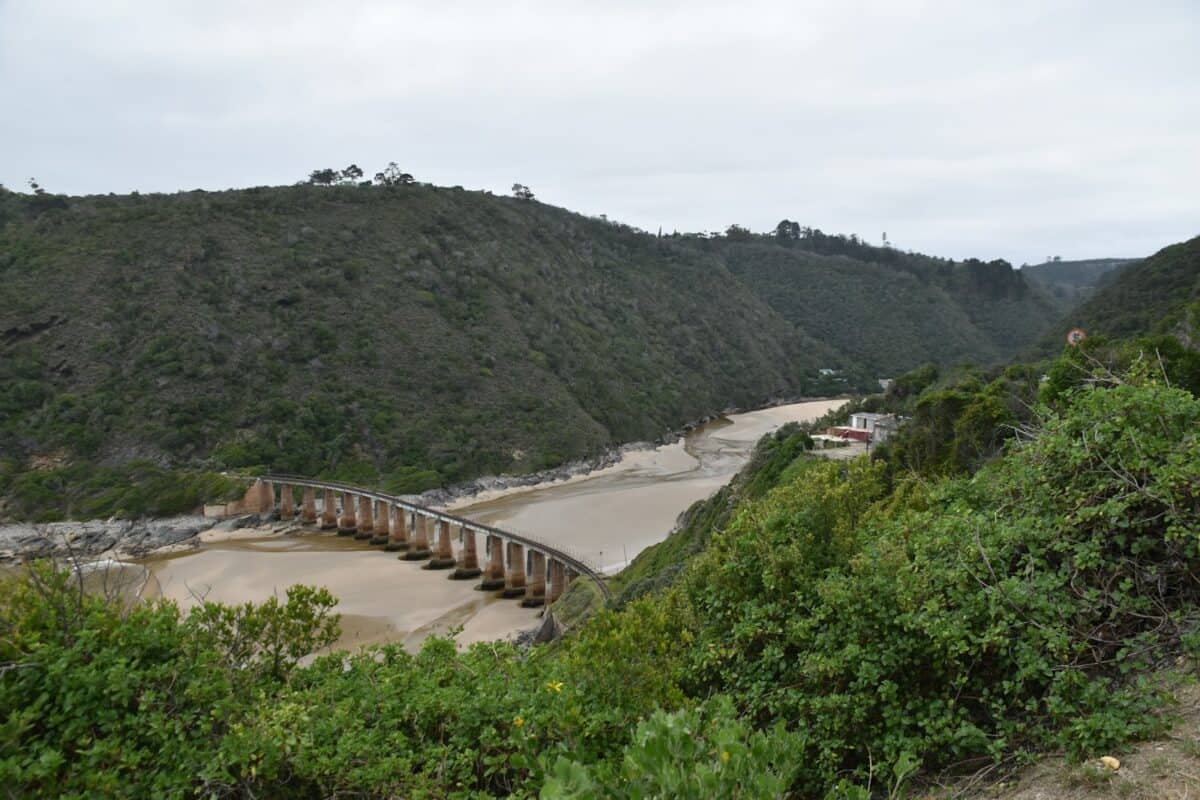
Designated as the world’s first wilderness area in 1924, the Gila Wilderness in southwestern New Mexico remains a haven for backpackers and nature lovers seeking solitude. Its over 550,000 acres encompass deep canyons and towering mesas, home to black bears, elk, and the elusive Mexican wolf.
The Special Ecology of Washington’s Olympic Wilderness

The Olympic Wilderness spans nearly one million acres, encompassing lush rainforests, wild coastlines, and jagged peaks. It hosts varied ecosystems, from alpine to temperate rainforests, and is home to endemic species such as the Olympic marmot, found nowhere else on Earth.
The Nevada Desert’s Great Basin National Park
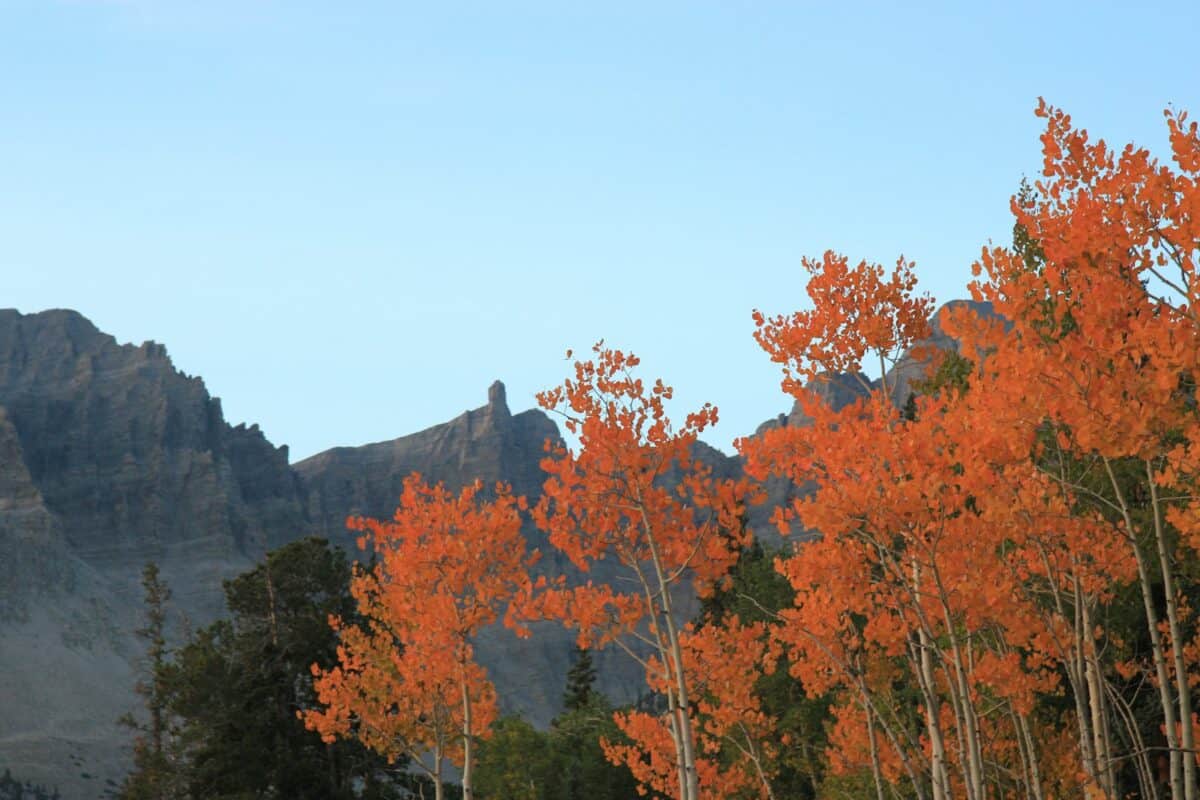
Although often overshadowed by more famous parks, Great Basin National Park offers travelers stunning stargazing opportunities and a relatively untouched landscape of ancient bristlecone pines and limestone caves. This remote park is a quiet testament to the desolate beauty of the desert.
The Vastness of Alaska’s Gates of the Arctic

Located entirely above the Arctic Circle, Gates of the Arctic National Park and Preserve is America’s northernmost park. Known for its unbroken sprawl, it lacks roads or trails, offering an untouched habitat for caribou herds and grizzly bears, exemplifying true wilderness.
The Untouched Beauty of the North Cascades

Known as the “American Alps,” the North Cascades National Park in Washington is a wonderland of jagged peaks, dense forests, and over 300 glaciers. It provides a pristine habitat for wildlife, such as moose and marmots, yet remains one of the least visited parks in the country.
The Unique Island Wilderness of Isle Royale

Isle Royale National Park in Lake Superior is an island park that offers a rare combination of wilderness experience and relative inaccessibility since it’s reached only by boat or seaplane. It’s renowned for its isolated populations of wolves and moose, providing a living laboratory for ecological studies.
America’s almost untouched wild places are more than just destinations; they are vital components of our natural heritage. They are essential for ecological balance, cultural inspiration, and wildlife conservation. As we confront the challenges of climate change and habitat destruction, these sanctuaries remind us of nature’s resilience and the importance of safeguarding our wild frontiers for future generations. Embracing these last true wild places with thoughtfulness and preservation in mind is our responsibility and privilege.
- The Coldest Town in America—And How People Survive There - August 9, 2025
- How Some Birds “Steal” Parenting Duties From Others - August 9, 2025
- 12 Deep-Sea Creatures You Won’t Believe Exist - August 9, 2025

